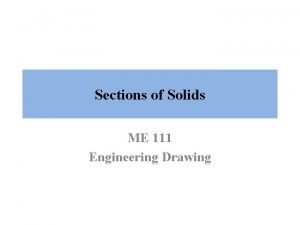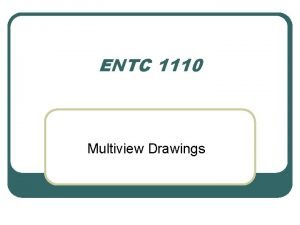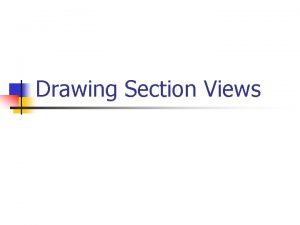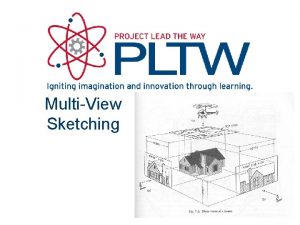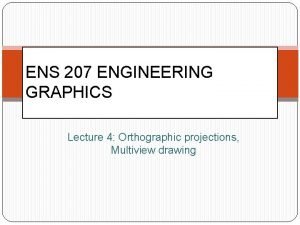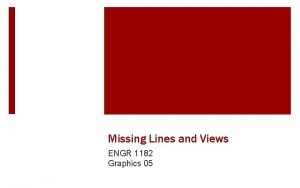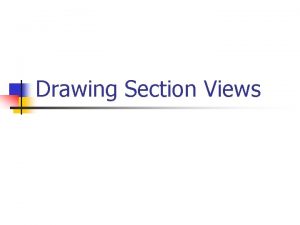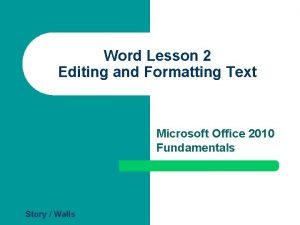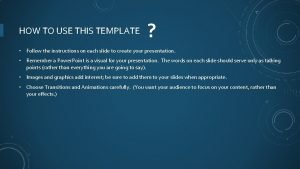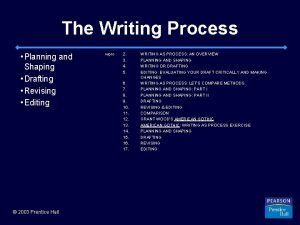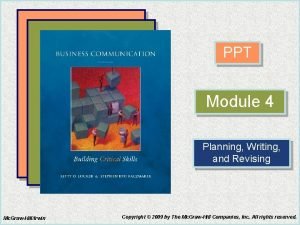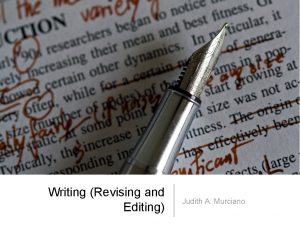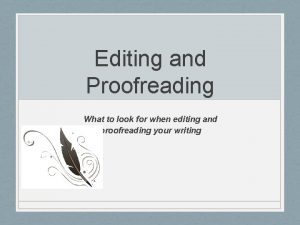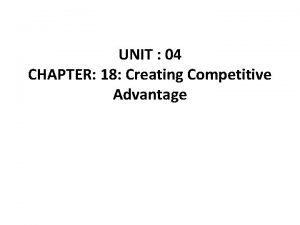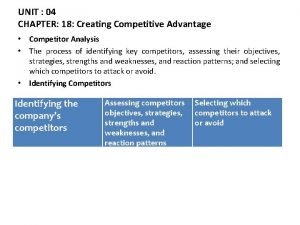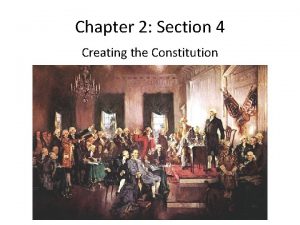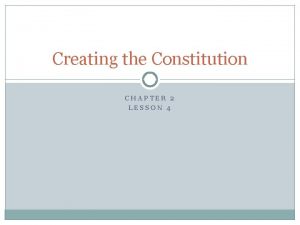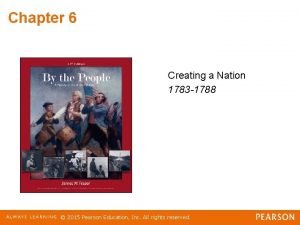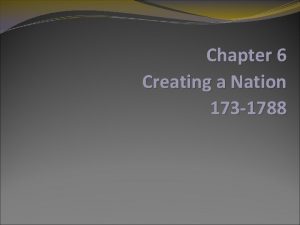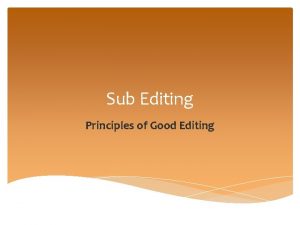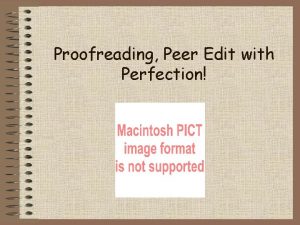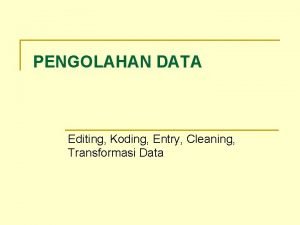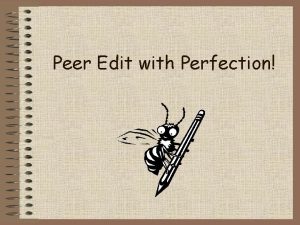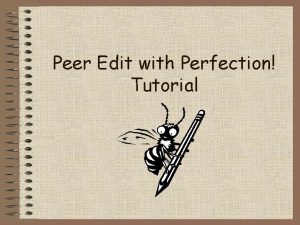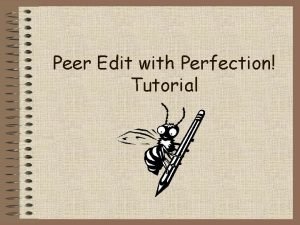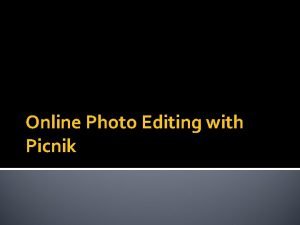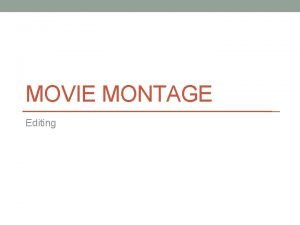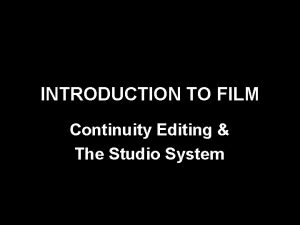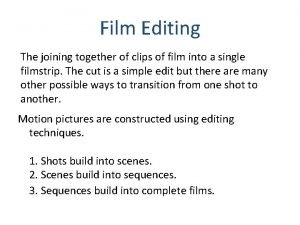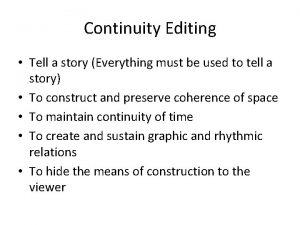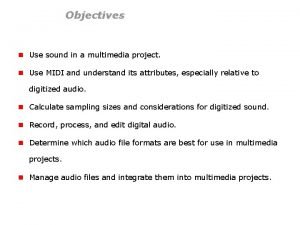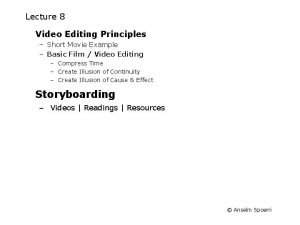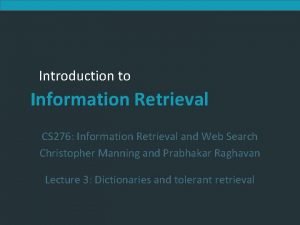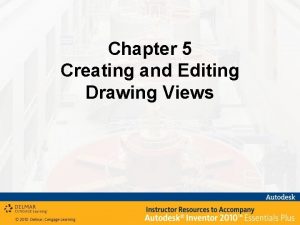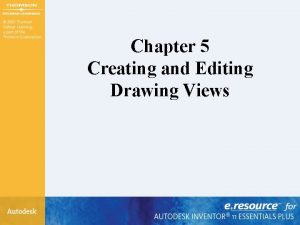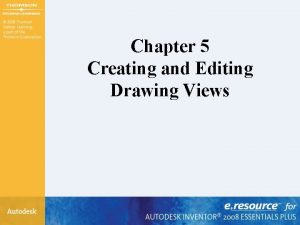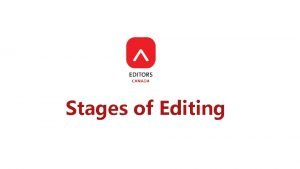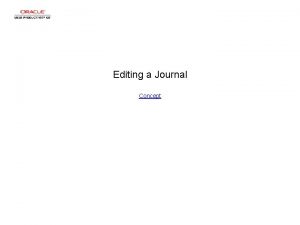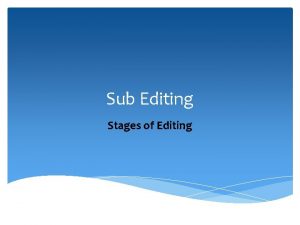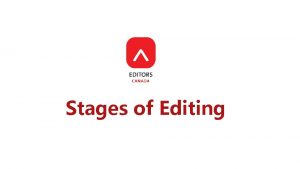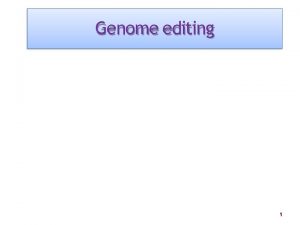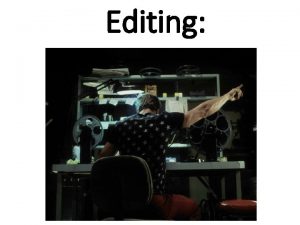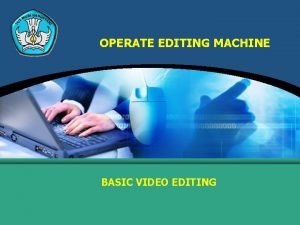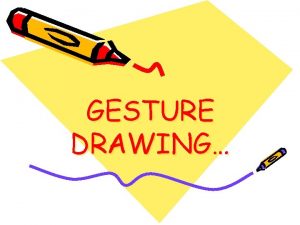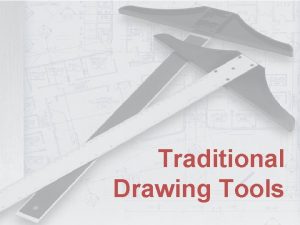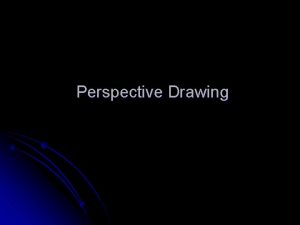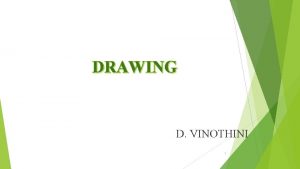Chapter 5 Creating and Editing Drawing Views Chapter


























































- Slides: 58

Chapter 5 Creating and Editing Drawing Views

Chapter 5 - Objectives • After completing this chapter, you will be able to perform the following: – Make changes under the Drawing tab of the Application Options dialog box – Create base and projected drawing views from a part – Create auxiliary, section, detail, broken, break out, and cropped views – Edit the properties and location of drawing views – Retrieve and arrange model dimensions for use in drawing views – Edit, move, and hide dimensions – Add automated centerlines – Add general dimensions, baseline, chain, and ordinate dimensions

Chapter 5 – Objectives - continued • After completing this chapter, you will be able to perform the following: – Add annotations such as text, leaders, Geometric Dimensioning & Tolerancing – (GD&T), surface finish symbols, weld symbols, and datum identifiers – Create hole notes – Open a model from a drawing – Open a drawing from a model – Create hole, general, and revision tables

Drawing Options • Drawing Options – – – – – Defaults View Justification Default Drawing File Type Section Standard Parts Non-Inventor DWG File Title Block Insertion Inventor DWG Version View Block Insertion point Dimension Type Preferences – – – Defaults Object Style Default layer Style Line Weight Display View Preview Display Capacity

Creating a Drawing • Creating a Drawing – DWG or IDW files – Drawing Tools • Drawing Views • Sketch • Drawing Annotation

Drawing Sheet Preparation • Sheets • Sheet format • Sheet size

Title Block Insertion • Insert Title Block – Delete existing title block – Insert title block from Drawing Resources folder

Border • Insert Border – Delete existing border – Insert border from Drawing Resources folder

Property Fields • Property Fields and i. Properties – Summary – Project – Status

Creating Drawing Views • Creating Drawing Views – Created from an existing part, assembly, or presentation file – Save drawing in same directory as the parent file • Types. . – Base View – Projected View » Orthographic (Ortho View) » ISO View – Auxiliary View – Section View – Detail View – Crop – Slice – Broken View

Creating Drawing Views • Base View - Component tab – File - Options change depending upon selected file • • – – – – Presentation File Sheet Metal i. Assemblies Representations Orientation Scale from Base Scale Label Style from Base Create projected views immediately after base view creation

Creating Drawing Views • Base View - Model State tab • Options change depending upon selected file – – Weldment i. Part Member (i. Assemblies) Reference Data • Line Style • Hidden Line Calculation • Margin – Scale – Label – Style

Creating Drawing Views • Base View - Options tab – – – – All Model Dimensions Model Weld Symbols Bend Extents Thread Feature Weld Annotations User Work Features Tangent Edges – – – Show Trails Hatching Align to Base Definition in Base View Section Standard Parts View justification • Foreshortened

Creating Drawing Views • Using the Drawing View Dialog Box –Base View • • • First view that is created Scale Other drawing views can be projected Orientation - preview image No limit to number of base views –Projected Views • Orthographic or isometric • From any existing view • Preview image

Exercise 5 -1 • Creating a Multiview Drawing

Creating Drawing Views • Auxiliary Views – Created by selecting an edge – Projected at 90 degrees

Creating Drawing Views • Section Views – Created by sketching a line or multiple lines that will define the plane(s) that will be cut through a part or assembly – Section View command

Creating Drawing Views • Section Views – – – Half Sections Projected Sections Aligned Sections Offset Sections Slice Modifying Hatch • Right-click > Edit

Creating Drawing Views • Hatching Isometric Views – Edit View

Creating Drawing Views • Slice View – Based on sketch in source view – Target view = projected, orthographic or isometric

Creating Drawing Views • Detail Views – Drawing view that enlarges an area of an existing drawing view by a specified scale – Detail View tool – Smooth Cutout Shape – Full Detail Boundary – Connection line

Creating Drawing Views • Break Views – Removes a section or multiple sections from the middle of a long part and show just the ends – Break command

Creating Drawing Views • Break Out Views – Expose internal components or features – Break Out tool • Boundary Profile

Creating Drawing Views • Break Out Views – Depth Options • From Point

Creating Drawing Views • Break Out Views – Depth Options • To Sketch

Creating Drawing Views • Break Out Views – Depth Options • To Hole • Through Part – Remove drawing content from inside a closed profile through selected components located in the browser.

Creating Drawing Views • Cropped Views – Shows a portion of a view • Rectangular • Circular • Based on a sketch in a view

Move Drawing Views • Moving Drawing Views – – – Move cursor over drawing view Select bounding box Click and drag view Children or dependent Orthographic or auxiliary view Detail and isometric views

Exercise 5 -2 • Creating Break, Section, Auxiliary, and Detail Views

Editing Drawing Views • Editing Drawing View Properties – Edit a drawing view – Drawing View dialog box • Deleting Drawing Views – Views that are dependent

Break and Align Views • Break alignment • Create alignment – Horizontal – Vertical – In Position

Replace Model Reference • Change the component a drawing references – Part – Assembly – Presentation – Same file type – Similar size

Exercise 5 -3 • Editing Drawing Views

Dimensions • Dimensions – Retrieve Model Dimensions – Edit and/or Change • Dimension Visibility • Dimension Value and Appearance – Automatically retrieve dimensions

Dimensions • Dimensions – Edit Model Dimension – Change model dimensions value – Option available when Inventor is installed

Selecting Dimensions • Quick Access toolbar – Select All Inventor Dimensions – Select All Model Dimensions – Select All Overridden Dimensions – Select All Auto. CAD Dimensions

Auto-Arrange Dimensions • Rearrange selected dimensions – Select dimensions in one or multiple views – Arrangement based on dimension style

Dimensions • General dimensions – Not parametric = Associative • Move and center dimension text – Centerline to dashed line

Dimensions • Add dimensions to an isometric view – Retrieve or add general dimensions – Space bar - Toggle between planes – Show All Part / Visible Work Planes

Exercise 5 -4 • Adding Dimensions

Baseline Dimensions / Set • Baseline Dimension – Window / cross objects – Individual dimensions • Baseline Dimension Set – Select objects Window / cross methods – Dimensions held as a set

Chain Dimensions / Set • Chain Dimension – Window / cross objects – Individual dimensions • Chain Dimension Set – Select objects Window / cross methods – Dimensions held as a set

Exercise 5 -5 • Creating Baseline and Chain Dimensions

Ordinate Dimensions / Set • Ordinate Dimension – Select points or window / cross objects – Individual dimensions • Ordinate Dimension Set – Select points or window / cross objects – Dimensions held as a set

Styles Editor • Edit existing style • Create new style based on current

Annotations • Annotations –Adding • • Centerlines Surface texture symbols Weld symbols Geometric tolerance symbols Text Bill of materials Balloons

Annotations • Centerlines –Center Mark –Center Line Bisector –Center Line –Centered Pattern tools • Automated Centerlines • Centerline Settings –Apply To –Threshold –View Types –Projection

Annotations • Adding more detail annotations – Surface Textures – Weld Symbols – Feature Control Frames – Text and Leaders • Format Text dialog box

Hole and Thread Notes • Adding… – Hole & Thread Notes – Hole Note Styles • Formatting • Apply tolerance values • Editing – Side Views

Exercise 5 -6 • Adding Annotations

Open Model from Drawing • To open a part or assembly file from a drawing file • Click Open – In view – From browser

Open a Drawing from a Model • To open a drawing from a part or an assembly file • In browser click Open Drawing – Drawing must be the same name as the part, assembly, or presentation file

Hole Tables • Hole Table – Types • Selection • View • Features – Edit hole table

Exercise 5 -7 • Creating Hole Tables

Tables • • • General Empty – Specify # of Rows and Columns From Excel Bends i. Parts and i. Assemblies

Revision Table • • Entire drawing Active Sheet Tags i. Properties

Applying Your Skills • Skill Exercise 5 -1 Skill Exercise 5 -2

Checking Your Skills 1. 2. 3. 4. True__ False__ A drawing can have an unlimited number of sheets. Explain how to change a sheet’s size. True__ False__ There can only be one base view per sheet. True__ False__ An inclined view is a view that is projected perpendicular to a selected edge or line in a base view. 5. True__ False__ An isometric view can only be projected from a base view. 6. True__ False__ A section view is a view created by sketching a line or multiple lines that will define the plane(s) that will be cut through a part or assembly. 7. True__ False__ Drawing dimensions can drive dimensional changes parametrically back to the part. 8. Explain how to shade an isometric drawing view. 9. True__ False__ When creating a hole note using the Hole/Thread Notes command, circles that are extruded to create a hole can be annotated. 10. True__ False__ An assembly model can open an individual part from its browser; however, it cannot open a drawing file from the browser.
 Data preparation process in research methodology
Data preparation process in research methodology Nonlinear video editing
Nonlinear video editing True shape in engineering drawing
True shape in engineering drawing Revolved
Revolved Isometric projections
Isometric projections Six principal view
Six principal view The type of section used to show a small portion of drawing
The type of section used to show a small portion of drawing The common views used in multi-view drawing
The common views used in multi-view drawing Top view engineering drawing
Top view engineering drawing Difference between artistic drawing and technical drawing
Difference between artistic drawing and technical drawing Missing views
Missing views Full section drawing
Full section drawing Arrow font
Arrow font Template editing instructions and feedback
Template editing instructions and feedback Font editing and design tools in multimedia
Font editing and design tools in multimedia Data input in gis
Data input in gis Writing brainstorming planning drafting and editing
Writing brainstorming planning drafting and editing Writing process ppt
Writing process ppt Digital vs analog video
Digital vs analog video Judith murciano
Judith murciano What is proofreading
What is proofreading Staar revising and editing
Staar revising and editing Revision vs editing
Revision vs editing How to understand graphs and charts
How to understand graphs and charts Chapter 18 creating competitive advantage
Chapter 18 creating competitive advantage Chapter 18 creating competitive advantage
Chapter 18 creating competitive advantage Creating the constitution answer key chapter 2 section 4
Creating the constitution answer key chapter 2 section 4 Lesson 4 creating the constitution answers
Lesson 4 creating the constitution answers Chapter 18 creating competitive advantage
Chapter 18 creating competitive advantage Tci declaration of independence
Tci declaration of independence Chapter 6 creating a nation
Chapter 6 creating a nation Chapter 6 creating a nation
Chapter 6 creating a nation Chapter 18 creating competitive advantage
Chapter 18 creating competitive advantage Chapter 8 creating the constitution
Chapter 8 creating the constitution Continuity editing in film
Continuity editing in film Principles of editing in newspaper
Principles of editing in newspaper Run lola run editing techniques
Run lola run editing techniques Proofreading definition
Proofreading definition Gangnet
Gangnet Pengolahan data editing, coding processing cleaning
Pengolahan data editing, coding processing cleaning Konsep editing
Konsep editing Peer editing kahulugan
Peer editing kahulugan Peer edit with perfection tutorial
Peer edit with perfection tutorial Peer editing
Peer editing Picnik photo editing
Picnik photo editing Thematic montage
Thematic montage Dimensions of film editing
Dimensions of film editing Continuity editing
Continuity editing Montage editing definition
Montage editing definition Master shot definition film
Master shot definition film Montage editing definition
Montage editing definition @don't tell554
@don't tell554 H2c3jz6x3f8 -site:youtube.com
H2c3jz6x3f8 -site:youtube.com Digital audio in multimedia
Digital audio in multimedia Lev kuleshov the principles of montage
Lev kuleshov the principles of montage Principles of video editing
Principles of video editing Fleas editing dictionary code
Fleas editing dictionary code Graphic match
Graphic match Language
Language


